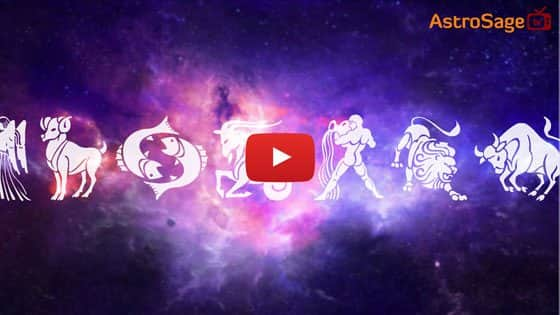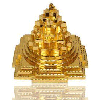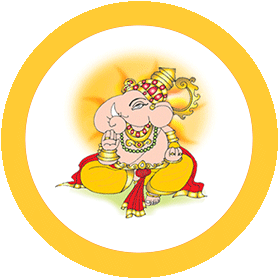Ashadhi Ekadashi 2256
When is Ashadhi Ekadashi in 2256?
4
July, 2256
(Friday)

Ashadhi Ekadashi Muhurat For New Delhi, India
Ashadhi Ekadashi Parana Time :
05:28:30 to 08:15:22 on 5th, July
Duration :
2 Hour 46 Minute
Ekadashi refers to the 11th Tithi of a lunar month. There are 2 ekadashi in every lunar month, out of which one falls in the Shukla Paksha (waxing phase), and the other during Krishna Paksha (waning phase). Ekadashis are devoted to the worship of Lord Vishnu. The Ekadashi that falls during the Shukla Paksha (Brighter fortnight), during the month of Ashadha is known as Ashadhi Ekadashi. It is known by different names such as Devshayani Ekadashi, Toli Ekadashi, Padma Ekadashi, Devpodhi Ekadashi, Maha Ekadashi, Hari Sayana Ekadashi, etc.
Ashadhi Ekadashi Vrat Rituals
Devotees of Lord Vishnu wait for this auspicious occasion to pay their deep respect and devotion to Lord Vishnu and his consort, Goddess Lakshmi. People observe fast and pray to him, to get blessed by the supreme entity himself. The rituals of Ashadi Ekadashi Vrat according to the scriptures are given as follows:
● Devotees who observe Devshayani Ekadashi Vrat, must wake up early in the morning, and purify themselves with a holy bath.
● During mid-day, rituals are performed to pay homage to the souls of deceased ancestors, and let them rest in peace.
● An altar is set up to perform the puja rituals, and the Puja Sthal is cleaned to be embellished with the idol of Lord Vishnu.
● Lord Vishnu’s idol is dressed in yellow coloured clothes.
● Betel leaf (Paan), Betel nut (Supari), yellow flowers, sandalwood, etc. are offered to Lord Vishnu.
● The people who are observing the Ashadi Ekadashi Vrat are allowed to consume food only one time a day.
● During the Parana period on the next day, the fast can be broken by consuming food.
Legend associated with Ashadhi Ekadashi Vrat
Once upon a time, there lived a king named Mandhata. During his reign, the prosperity of his kingdom flourished, and as a result all his subjects were pleased with him. But the tides turned, and there came a period during which his kingdom was subjected to drought and famine. Being the great ruler he always was, King Mandhata went on a journey to find a solution to the problems because of which his people were being tormented. On his way, he met Sage Angira who advised him to observe a fast on the Ekadashi of the month of Ashada, to combat the problem his kingdom was facing. King Mandhata returned to his land, and told his people to follow the words of Sage Angira. The whole kingdom observed the Vrat, and prayed to Lord Vishnu. Lord Vishnu was pleased with the faith and devotion that the people of the kingdom had for him. As a result, it rained in buckets, and the kingdom got rid of the problem which had plunged them into depth of despair. It was all achieved with the devotion of the people, and the divine blessings of Lord Vishnu. Since then, Ashadi Ekadashi is considered as one of the most sacred day to devote oneself in the veneration of Lord Vishnu.
Significance of Ashadhi Ekadashi
Commonly denoted by the name Devshayani Ekadashi, it marks the commencement of Lord Vishnu’s slumber period which continues for four months. During this period, Lord Vishnu sleeps on Shesha Naga moves to the Ksheer Sagar (Ocean of Milk) to rest on Shesha Naag. The 4 month long slumber is known as Chaturmas. Any kind of auspicious activity is avoided during Lord Vishnu’s period of sleep. The period ends on Prabodhini Ekadashi or Dev Uthani Ekadashi, after completing 4 months of Lord Vishnu’s nap, and he wakes up.
We hope that all your queries regarding Ashadi Ekadashi have been answered, and you will now be able to please Lord Vishnu to obtain his choicest blessings.

 ₹
₹ 











